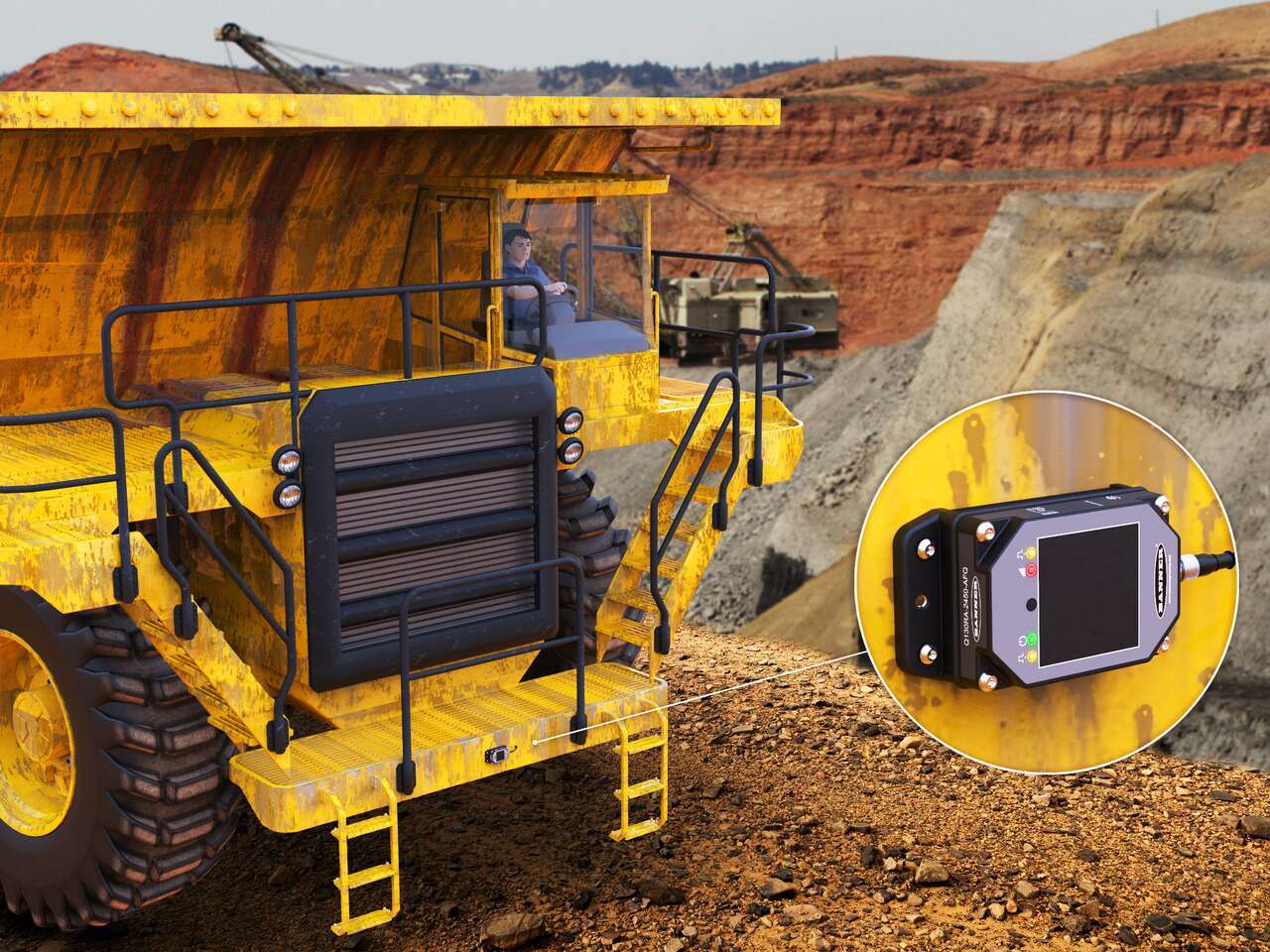采矿环境中基于雷达的防撞方案
露天采矿现场的一场事故会对人员、机械和整体运营带来严重后果。防撞系统可帮助采矿设备操作员将事故及伤害风险降至最低,从而降低成本并提高效率。 了解Q130R雷达传感器如何可靠地解决这一应用,即使是在极其肮脏和多尘的环境中。
Q130R雷达传感器部署在露天采矿现场使用的自动倾卸卡车的车头及车尾,是车辆防撞系统不可或缺的组成部分
移动采矿设备避免碰撞的挑战
能见度较差是导致许多采矿事故的主要原因。挖掘设备的尺寸和功率几乎容不得半点闪失。盲点可能会非常大,并且位于车辆的所有侧面。此外,挖掘过程中扬起的灰尘、泥土和碎石会降低能见度,影响许多防撞技术的性能。风、雨、雪等天气条件也构成了重大挑战。
雷达传感器在防撞方面的优势
为帮助克服这些挑战,可以在每辆采矿车辆的前部和后部安装 Q130R 雷达传感器。此类传感器可对车辆盲点的活动物体进行检测,而无需代价高昂的停机时间和复杂的防撞系统的改动。 基于PC的直观配置软件能够快速调整传感距离、灵敏度和输出配置,以便快速部署。
为避免误报,每个传感器都可以配置为创建与车辆盲点相对应的感应区域,并忽略该区域外的物体。进入感应区的物体可以触发指示灯亮起,警告操作者检查盲区,放慢或停止设备以避免碰撞。
对其他传感技术(如消费车辆中使用的超声波传感器)提出挑战的恶劣环境条件对于雷达传感器而言不是问题。 这是因为雷达传感器不受污垢、灰尘、风、落雨和现场其他环境挑战的影响,在任何天气条件下都有可靠的性能。 每个传感器还受到坚固的IP67等级外壳的保护,以实现耐用、持久的运行。

